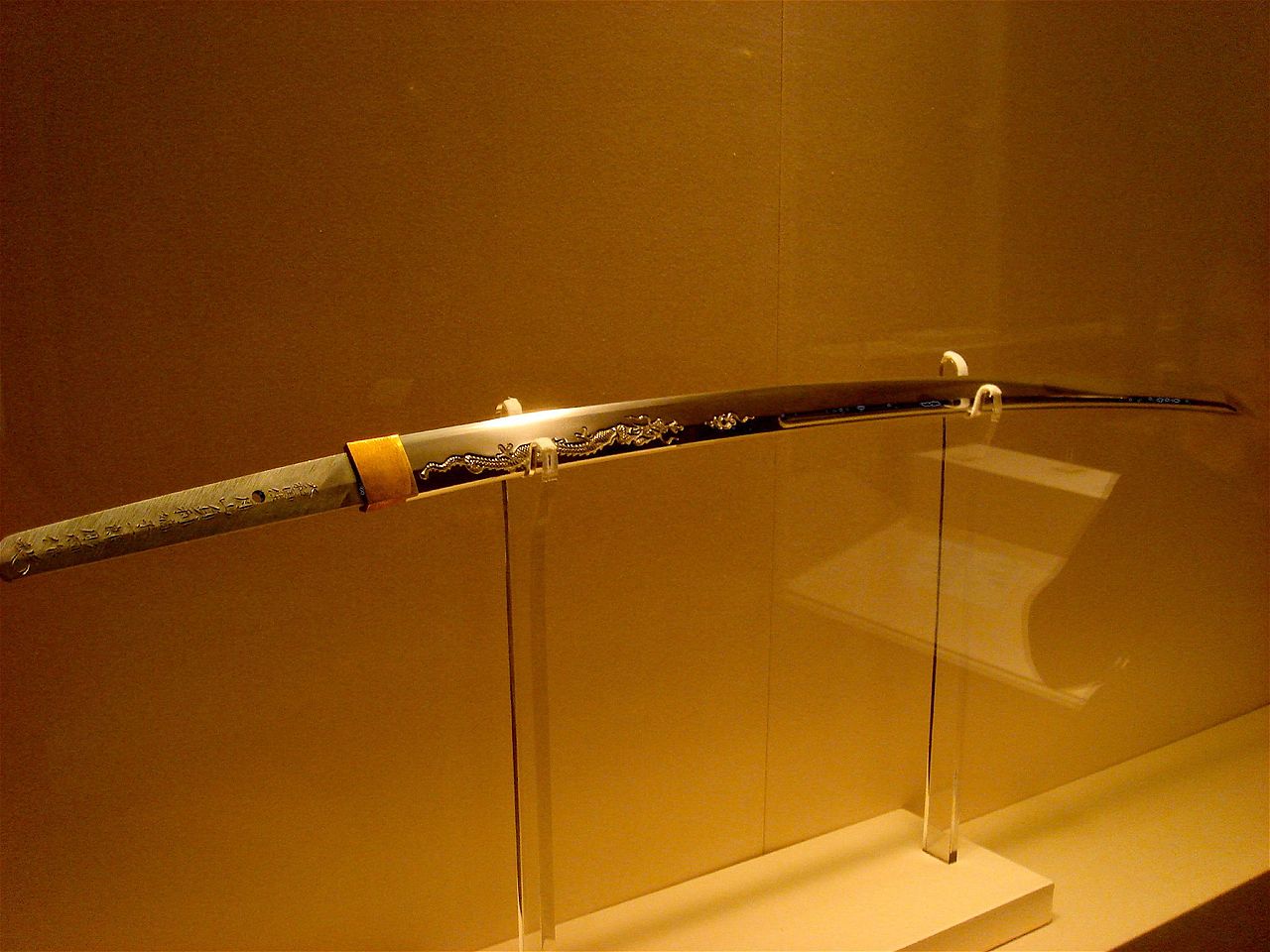Your Cart is Empty


The Japanese katana is one of the world's most popular and widely recognized swords. Characterized by its curved, single-edged blade and a two-handed hilt, it proved instrumental in shaping Japan. Using the katana, samurai warriors were able to fend off attacks from Mongols and other groups. But there's a long story behind the katana's history and origins, which we're going to explore in this blog post.
Kamakura Period
According to "The Japanese Sword: A Comprehensive Guide" by Kanzan Sato, the first mention of the word "katana" occurred during Japan's Kamakura Period (1185 to 1333). Back then, the word was used to describe a long sword with similar characteristics as the tachi but with a few nuances. The katana, for instance, generally had a longer, more curved blade than its tachi counterpart. Most importantly, however, the katana was stronger and more powerful than the tachi.
The Mongol Invasions
Historians believe that Japanese swordsmiths invented the katana out of need for better weapons to use against the invading Mongol forces. From 1274 to 1281, Mongol armies led by Kublai Khan sought to conquer the Japanese archipelago.
The Japanese people had experienced their fair share of war in previous years, though the Mongols proved to be a formidable opponent. In addition to using explosive bombs, Mongol armies were often well equipped with thick leather armor. Initially, Japanese samurai warriors discovered that the blades of their tachi and other swords would chip off upon contact with this armor. So, to overcome this hurdle, Japanese swordsmiths began to experiment with new techniques; thus, paving the way for the katana.
Enter The Katana
Japanese swordsmiths continued to perfect the katana's design through the Muromachi period (1337 to 1573). Among other things, they used differential heat treatment to create a strong edge and flexible spine, as well as a higher carbon iron. The end result was a superior sword that trumped all other swords of the time.
Around the year 1400, Japanese swordsmiths began adding the signature "katana" to the swords. Historians believe this was done in response to a change of samurai culture: until then, samurai warriors had worn their swords with the cutting edge facing down. The katana, however, was worn with the cutting edge facing up.
The Katana Today
Production of the katana and other swords slowed to a crawl after World War II. Japan had agreed to halt production of many of its weapon, including swords, resulting in substantially fewer katanas. Today, however, the katana has experienced somewhat of a revival, with companies both in Japan and elsewhere producing this iconic sword.